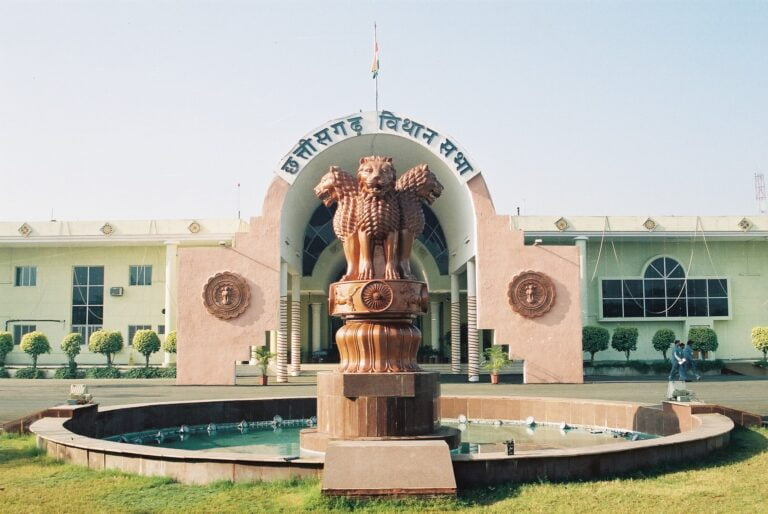Chhattisgarh, a mineral-rich state in India, has experienced substantial economic growth since its establishment in 2000. This growth, however, comes with a significant financial burden. Chhattisgarh’s Chief Minister, Bhupesh Baghel, recently revealed that the state is grappling with a substantial debt of Rs 82,125 crore. This debt scenario raises questions about the state’s fiscal strategies and its capacity to efficiently manage its financial commitments.
Chhattisgarh’s Debt Profile
The Chief Minister’s statement provides a detailed insight into Chhattisgarh’s debt scenario:
Historical Debt: Since its formation in 2000, Chhattisgarh has accumulated loans totaling Rs 1.05 lakh crore.
Debt Repayment: Of this total debt, the state government has successfully repaid Rs 28,096 crore, highlighting its commitment to addressing financial obligations.
Recent Borrowings: Notably, a significant portion of Chhattisgarh’s debt was accrued between 2019 and January 2023. During this period, the government secured loans amounting to Rs 54,491.68 crore, constituting 66.35 percent of the state’s overall debt.
Types of Loans: These loans were procured through various means, including a market loan of Rs 39,080 crore from the Reserve Bank of India, Rs 3,783.56 crore from the National Bank for Agriculture and Rural Development (NABARD), and an additional Rs 11,628.12 crore through partnerships with institutions such as the Asian Development Bank, World Bank, and GST loans.
Challenges of Debt Management
The burgeoning debt situation in Chhattisgarh poses several challenges and prompts critical questions:
Debt Servicing: A concerning statistic mentioned by the Chief Minister is that, since 2019, the state has been paying an average of Rs 460 crore in interest every month. These interest payments exert substantial pressure on the state’s finances.
Fiscal Responsibility: As Chhattisgarh’s debt continues to mount, there are concerns about the government’s ability to prudently manage its fiscal responsibilities. The focus is on understanding how this debt contributes to economic growth and development within the state.
Impact on Development: While debt can be a valuable tool for financing essential infrastructure and welfare projects, its long-term sustainability is under scrutiny. The emphasis should be on ensuring that borrowed funds are invested in projects that stimulate economic growth, create job opportunities, and advance social development.



